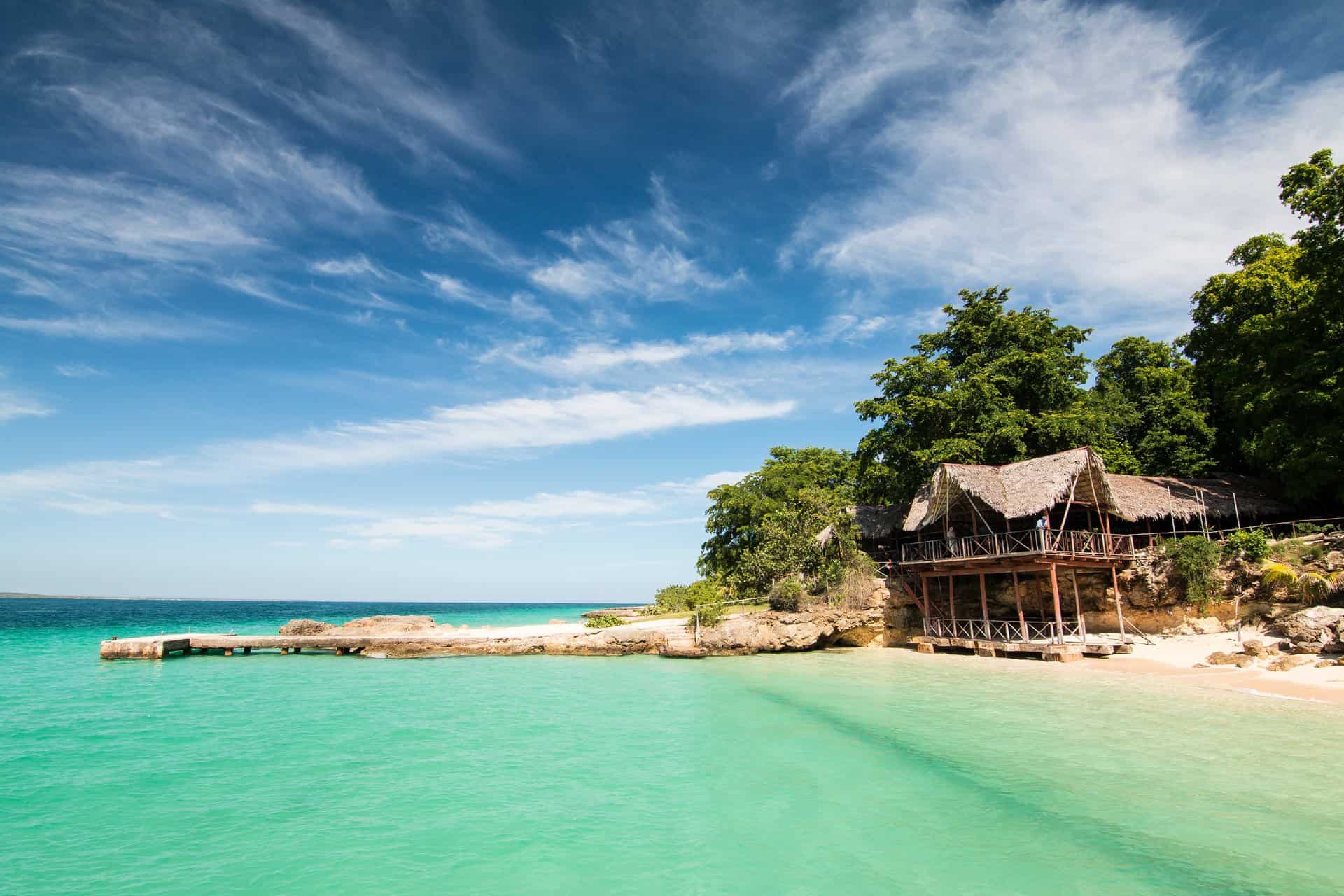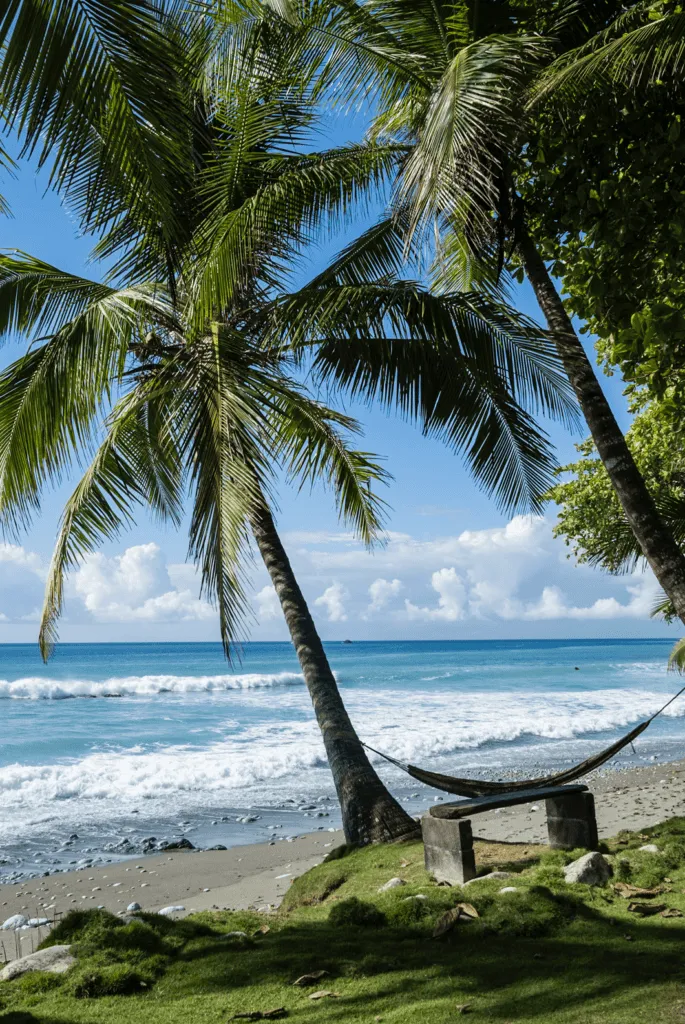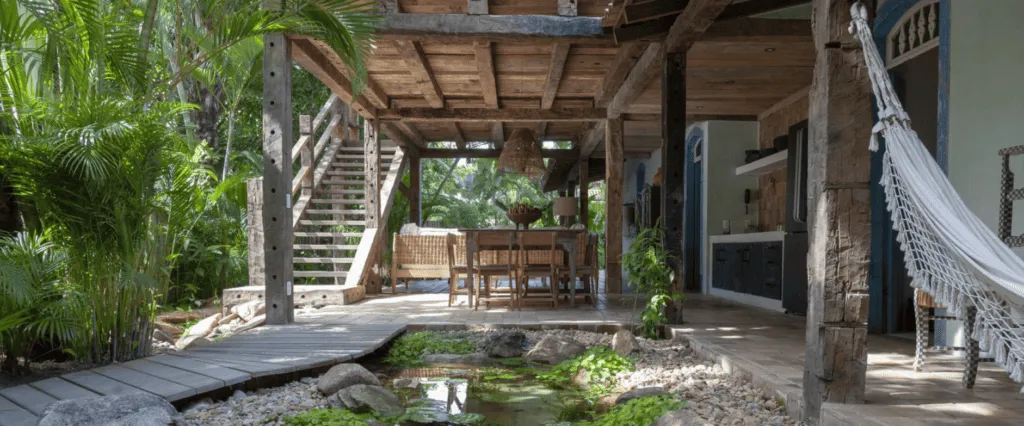
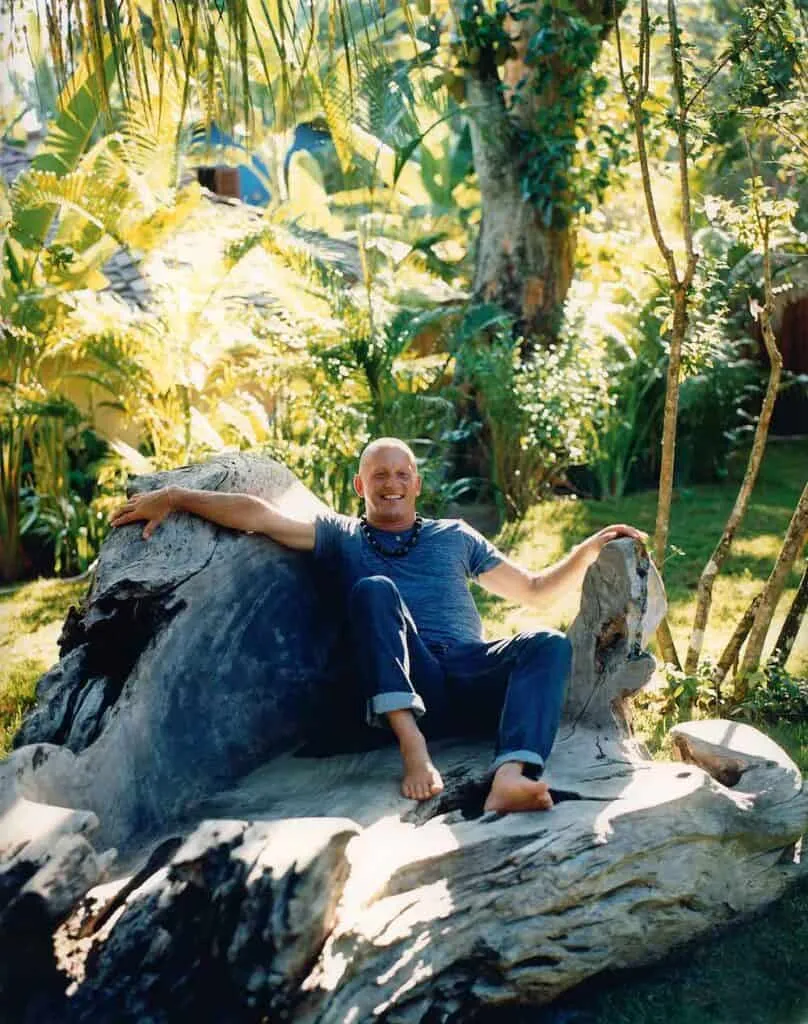
Dutch designer Wilbert Das is best known for his role as the former Creative Director of the fashion label Diesel during the nineties.
Creating compelling campaigns he turned the Italian brand into a leading name. Now the founder & owner of UXUA, in Trancoso, North East Brazil, Das runs what we see in many ways to be the ideal boutique hotel.
Furnished with Das’s original designs, his creations are produced in Trancoso & blend modern Brazilian design with traditional indigenous style.
We caught up with Wilbert to get the inside track on leaving the fashion world for a simpler life in rural Brazil & where he looks for design inspiration.
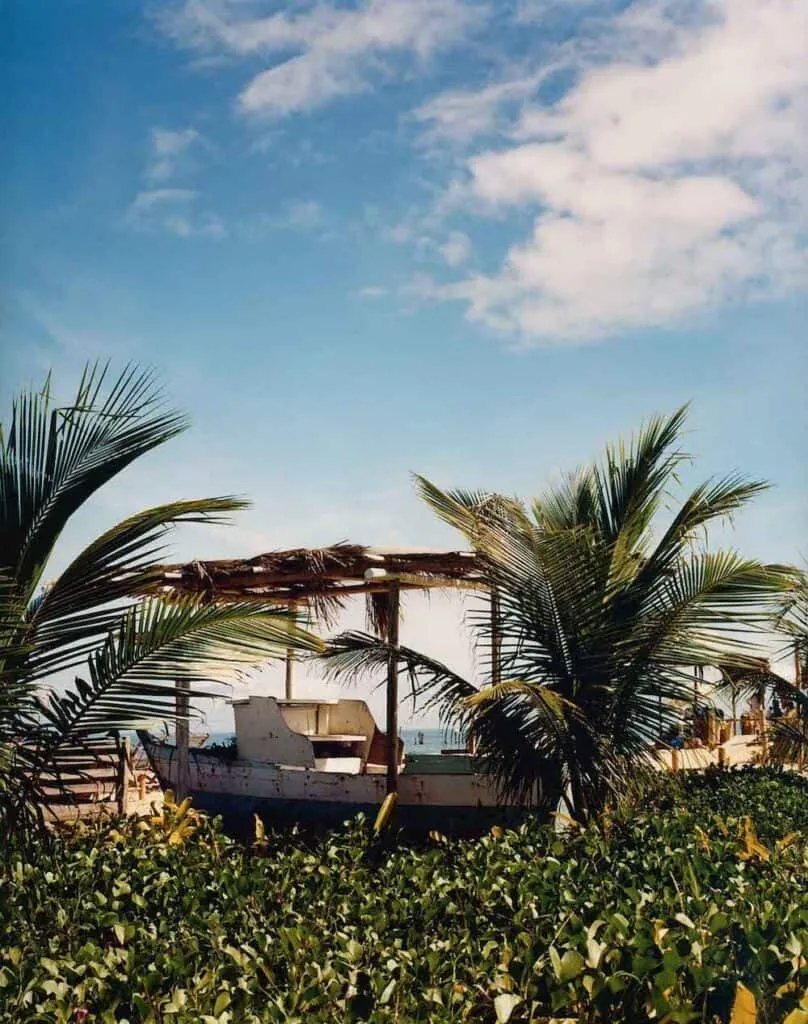
Tell us about the first time you visited Trancoso.
While looking for a holiday destination in the European spring of 2004 I was talking to my neighbour in Italy who had just returned from a visit to Brazil. He told me about a small town in Bahia called Trancoso which gave him the feeling of being at my home (an antique villa in the countryside of Italy’s Veneto region). Not really understanding what he meant, but curious, I decided spontaneously to go visit there two weeks later.
Upon arrival, I was not sure this was the place for me. Although beautiful, I was the only tourist around & didn’t speak Portuguese. It was June, the lowest season for travel in the south of Bahia, & there really wasn’t much to do. After a few days, I got to know some of the inhabitants and by the end of the trip, I didn’t want to leave anymore. The moment I saw a horse sheltering calmly from a tropical rainstorm inside the bar where I was drinking a coffee – nobody blinked an eye – I knew this was the place for me.
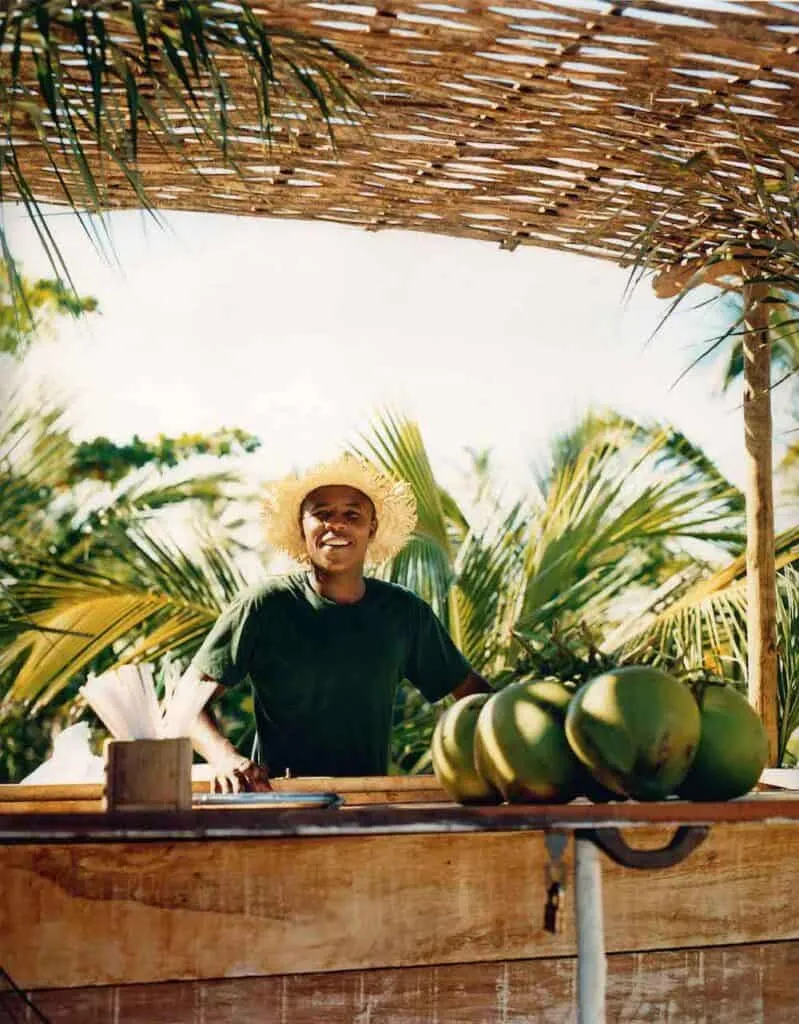
Much of the furnishings in Casa UXUA are for sale. Could you tell us about some of your favourite pieces – and where you source them?
Over the last few years, we’ve been doing quite a lot of private residential projects & designing almost every piece of furniture uniquely for each home. Uxua the hotel already had received a lot of attention from the fashion & design press, but one of the casas we made (Casa Anderson) really helped take things to a different level – it appeared actually on the cover of the magazine Architectural Digest. This really increased the number of decorators & architects around the world reaching out for us to make things for them for their projects, and also individual homeowners, people looking for something really special, because everything we make is unique, largely due to the wood, mostly reclaimed & some of the parts of the furniture are made of vintage pieces.
Everything we create is produced in Trancoso with local artisans whom we have befriended over the years. We work with wood, rattan & other weaving reeds, ceramics & textiles, the latter is mostly handpainted by a member of the local Pataxó Indian tribe. I don’t really have a particular favourite piece we’ve made – but a chair we’ve made from old saddles is among the favourites, & beds made from old fishing boats.
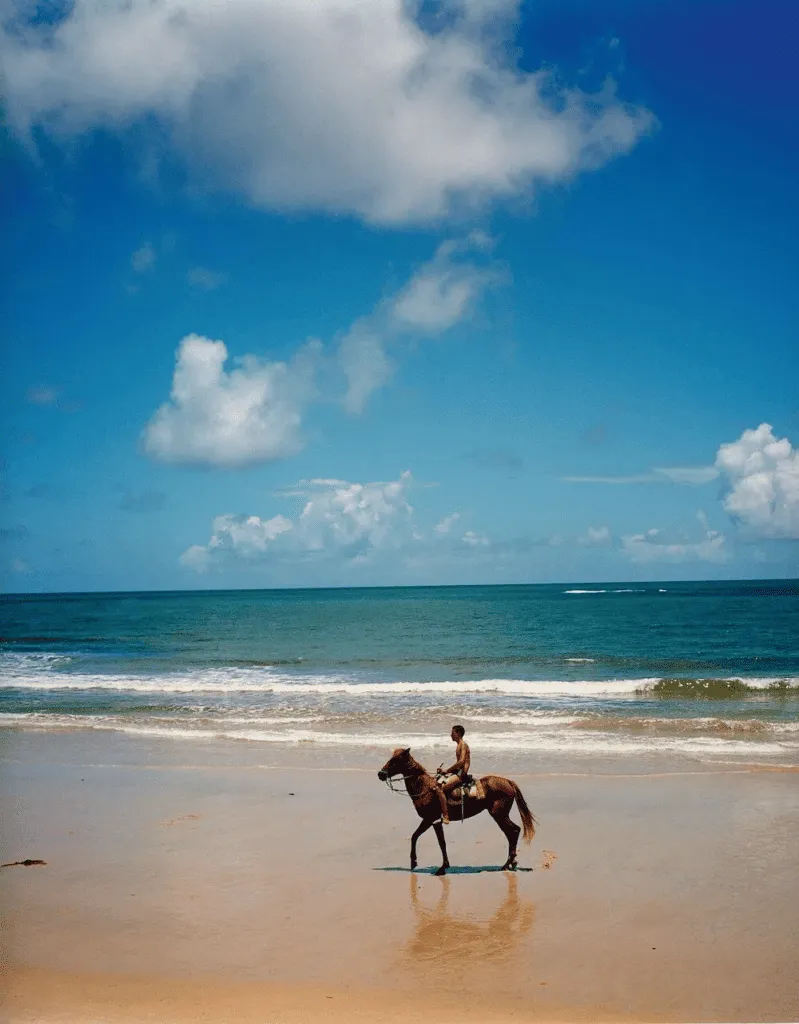
How does UXUA give back to the community?
Well in really a lot of ways. The biggest immediate impact on the community has been our way of employing people – this was previously a seasonal tourism destination which didn’t offer year-round employment – making it especially challenging for people to build stable lives for their families. From the start, we made the commitment to all our team members that our jobs are not seasonal – & we would find together the method to bring tourism year-round (actually this was surprisingly easy to achieve, just a matter of sharing with the world how the great weather & charm here get even better after summer ends).
We always shared not just profit – but actually, 10% of our total sales go straight back to the team, & we provide healthcare & dental care and a lot of education, licensing in trades, language training in English, & secondarily in Spanish and French. And we began something pretty unusual for here – pushing our team to attend university classes after work (which requires a 1-hour bus ride each way). In a town where ten years ago no one attended university, we’ve had 3 staff begin & finish their degree while working with us, and 10 others study now (we have a program called U-2020 – with our goal to have 20 staff out of 85 completed a University degree or enrolled by 2020).
Last but not least we have been working with an NGO called Despertar over the last years on a project of education focused on sustainable tourism, already attended by more than 400 students a year. We created a program called MAMA Trancoso, which is based on making environmental activism important & cool among the young people of Trancoso.
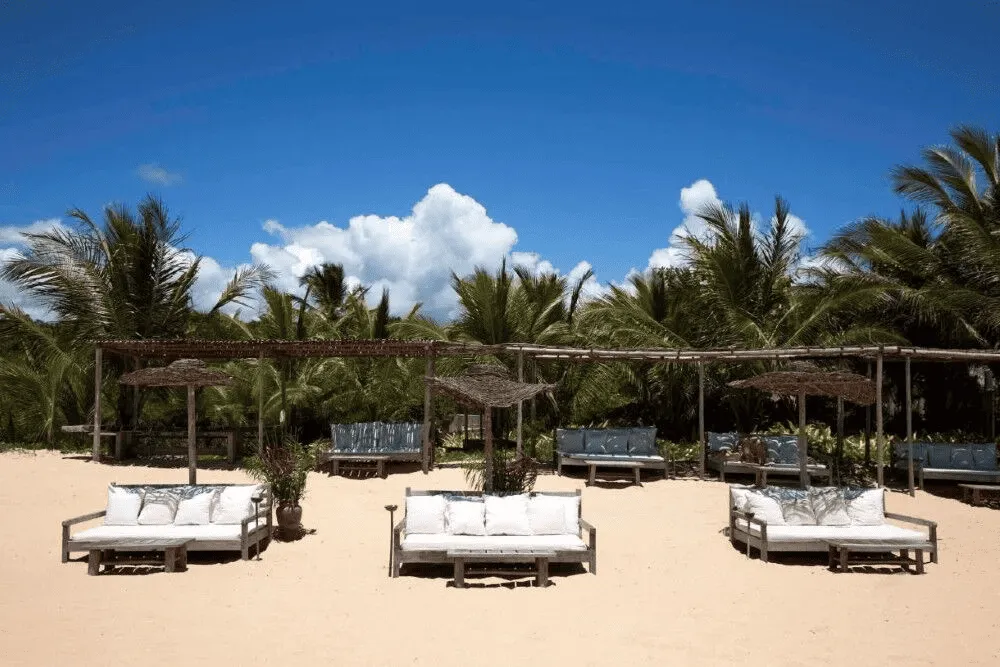
Carte blanche, if you could choose anywhere in the world to open a sister property to UXUA, where would it be?
UXUA is completely based on the idea that it can only exist here & nowhere else… that being said our values can be translated to all corners of the world, the only reason why we have always been hesitant is the fact that we feel that we need to be present a big part of the time, because more than work this is our life – & in terms of design work we’ve already got a really strong following around the world through social media and the design press. There are still big education challenges we’re trying to tackle in our region (along with our NGO we’ve actually won a court order to have monitors in municipal schools to try to raise their standards), & partnering with Conservation International to protect our amazing mangrove forests, rainforests, & waterways. So if another paradise comes up, of course, we love new challenges but we simply could never abandon Southern Bahia…
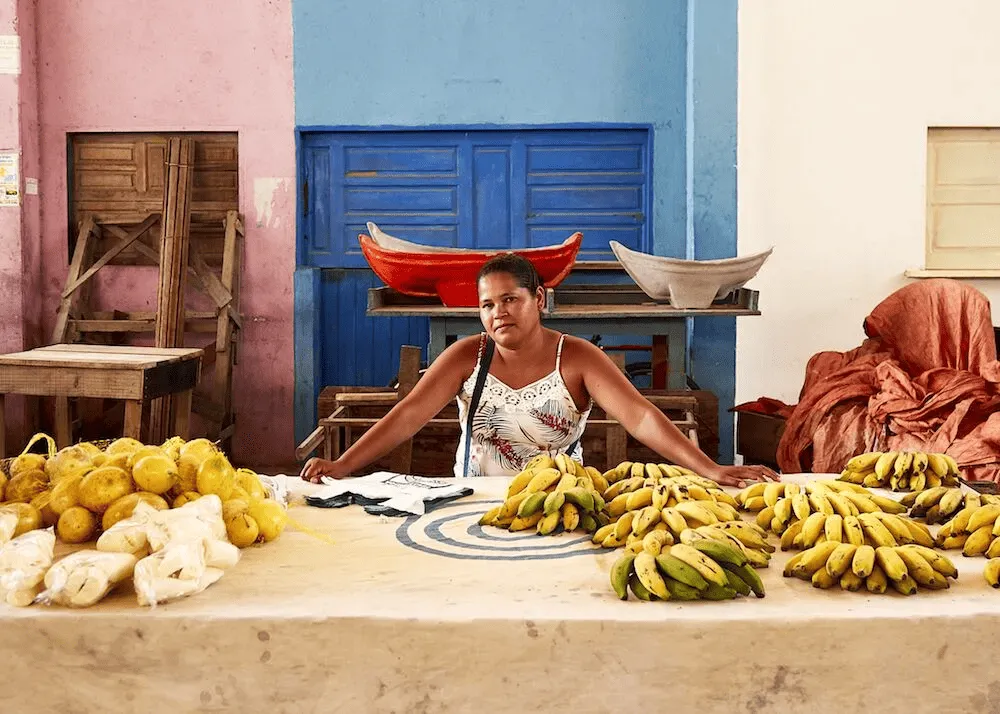
What do you never travel without?
Flipflops, coconut oil and a phone (unfortunately).
Where or who do you look to for design inspiration?
I have learned all through my career as a fashion designer to be aware of every little thing that surrounds me, everything can inspire you. Nowadays I observe & research very much the Brazilian culture as a whole, its indigenous origins & also the modern design culture.
To which places/experiences in Brazil would you direct a visiting friend?
Apart from the obvious Rio de Janeiro & Salvador, I would direct my friends to the amazing natural parks that Brazil has. Some of them are close to us, such as the Monte Pascoal reserve, Parque Pau Brasil & Marine Park Abrolhos. But also to further places, one of the most beautiful and surprising places for me was Bonito in Mato Grosso do Sul as well as Fernando de Noronha for some of the most beautiful beaches on earth on a well-protected island in the Atlantic.
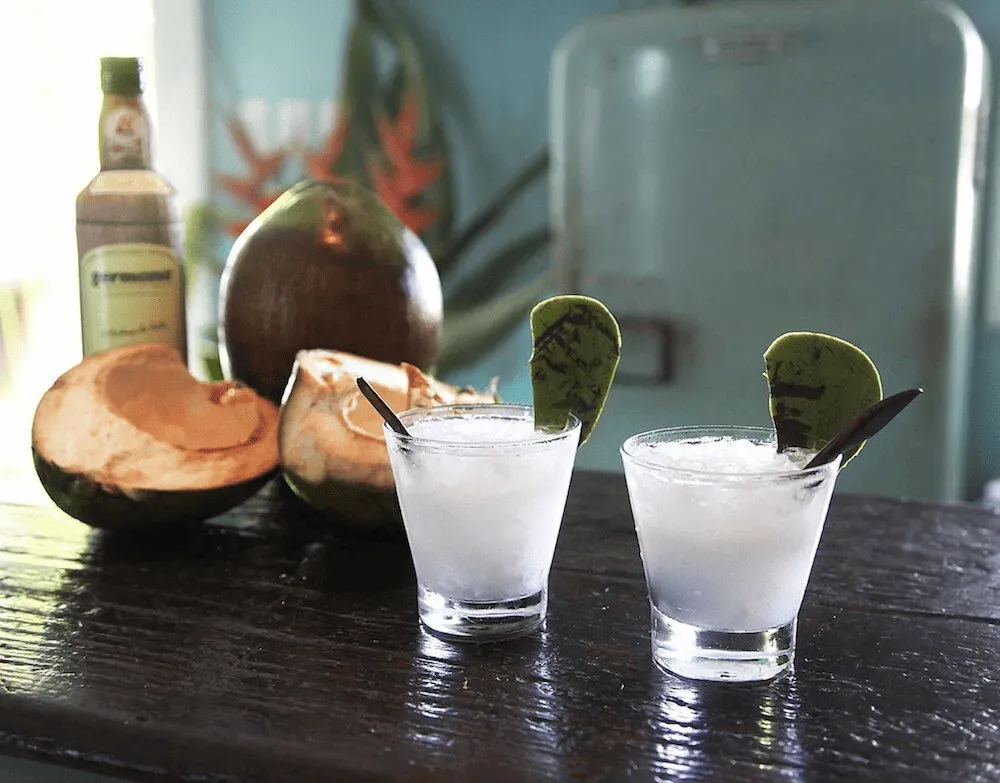
What is UXUA’s signature cocktail?
Our signature, the caipicoca is a take on Brazil’s classic caipirinha. Instead of using lemon as you would in a classic variation, we’ve added in coconut. Never requiring a trip to the market, when we’re a bit low we just ask the gardener to climb up a palm & throw a few down!
A labour of love, the coconut flesh must be freshly scooped out of the shell for each drink.
Ingredients
• 2 parts coconut water
• a scoop of coconut pulp
• 2 parts cachaça
• ice
• a pinch of sugar
• a wedge of coconut
Muddle coconut pulp in a cocktail shaker with sugar. Mix coconut water & cachaça. Add a generous scoop of ice and give all ingredients a good shake. Pour into an old-fashioned glass & garnish with a wedge of coconut.
Where are your favourite restaurants worldwide?
Difficult one, I have various places which normally are not the Michelin star type, like a little cooking school in Hoi An Vietnam, a beach shack in Mahe Seychelles, a number of Italian local agriturismos in the Veneto area, its really impossible for me to pick one, I’ll include J Gelina on Venice beach LA…. Next question…
Where are you happiest?
Building and creating with friends, builders & artisans as well as receiving family & friends at home.
Alive or dead who would you most like to host at UXUA?
My father – he knew my fashion design work, & as I rose to be the creative director of the Italian fashion label Diesel, I know how proud that made him. But he was also a farmer & very in touch with the land & nature and unfortunately he never even got to see the beginning of this UXUA adventure – which I think he would have loved. But luckily my mother is still able to visit every 3 years.
Discover UxuaRelated Stories
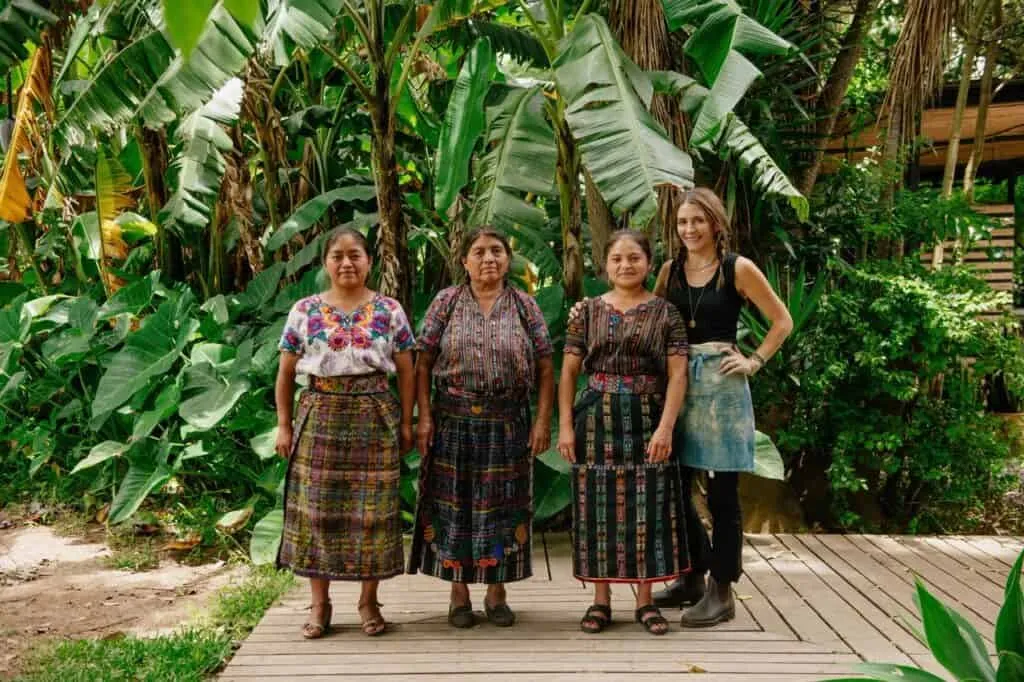
Guatemalan Textiles with Molly Berry of Luna Zorro
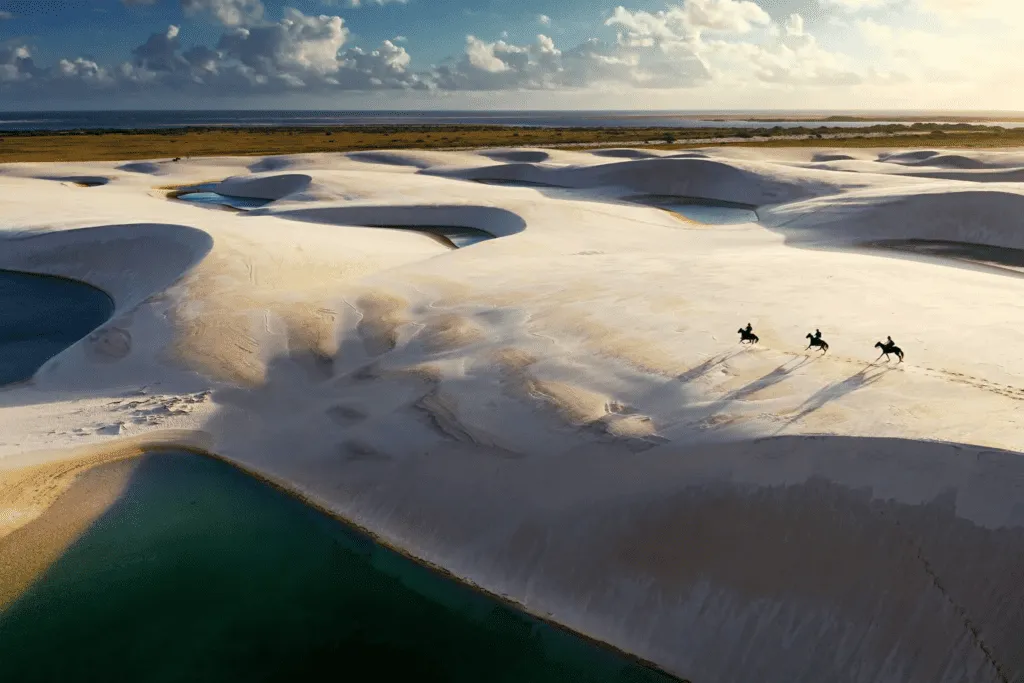
700’000 Heures Open A Wandering Hotel in Lençóis Maraheuse, Brazil
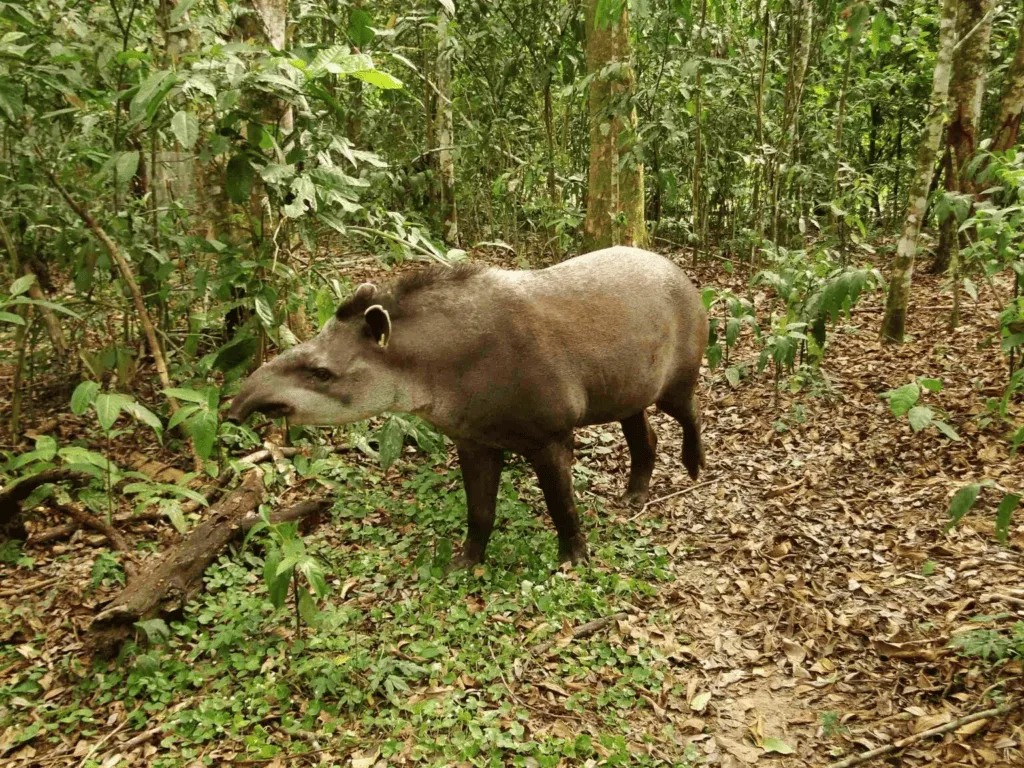
Tapirs & Tree-Planting: How Regua Is Saving Brazil’s Atlantic Forest
@plansouthamerica
